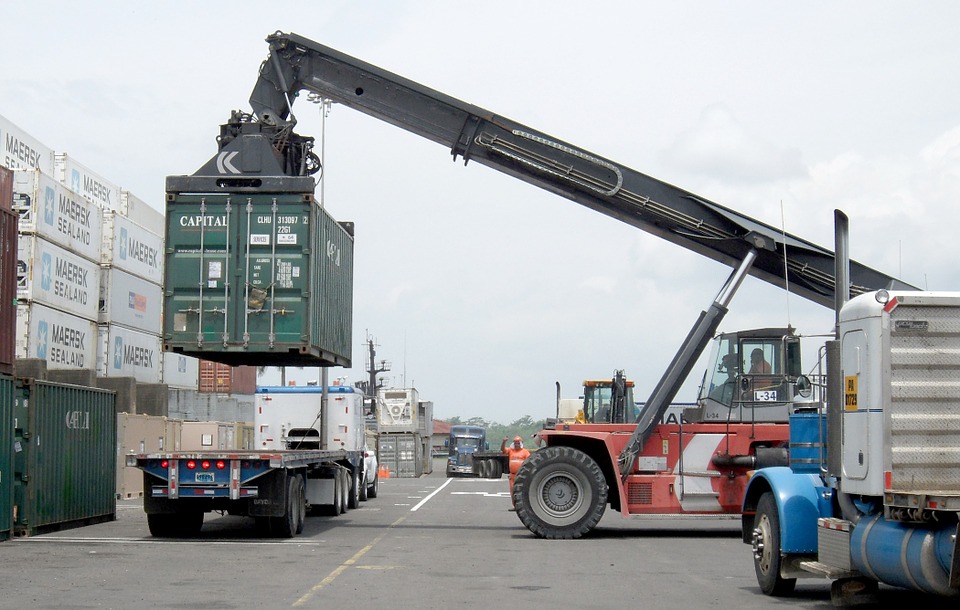 The American Trucking Association projects that the trucking industry is poised for serious growth by 2022. The forecast suggests that overall revenue for the trucking industry will rise almost 66% and tonnage will increase 24% by 2022.
The American Trucking Association projects that the trucking industry is poised for serious growth by 2022. The forecast suggests that overall revenue for the trucking industry will rise almost 66% and tonnage will increase 24% by 2022.
However, 2016’s economy saw slow growth, shipping rates and volumes. Due to low demand, excess inventory and infrastructure bottlenecks, revenue YOY only rose 0.2%. But 2017’s trucking outlook improves: demand, spending and manufacturing are expected to pick up.
The driver shortage still overshadows the industry, and is expected to get worse. There aren’t enough qualified drivers filling open positions, and the aging workforce is retiring.
Adding to the enduring driver shortage, the ELD mandate has caused some drivers and small carriers to exit the trucking industry completely. 51% of carriers indicated that they’ve lost drivers who did not want to operate under ELDs. ELDs are mandated for use by all commercial drivers who track HOS begins December 2017. 81% of large fleets (more than 250 trucks) reported that they have already achieved full ELD implementation, while small fleets (less than 250 trucks) are much slower to ELD integration; only 33% have fully integrated ELDs into their fleet.
Shippers have little interest in using carriers that are non-compliant. Some shippers are stepping up and asking carriers to begin installing ELDs now. According to John Larkin of Stifel Financial Corp., shippers have decided it’s too risky to wait until December to see if their core carriers have sufficiently implemented the technology.
The other regulatory issue facing the trucking industry? Hours-of-Service and the outcome of the FMCSA’s studies. The association’s results will greatly affect the rules on driver rest periods. With stricter operation rules, drivers’ productivity will take a hit, which in turn will tighten capacity. Plus, carriers will find additional pressure to increase pay to keep drivers and have technology available so that drivers can be on schedule.
Experts expect a capacity crunch to hit the industry in late 2017. “A 1-2% shift in capacity could be an earthquake. That shift and a little spark to demand will give you that ‘2014’ feel,” says Brian Fielkon, Jetco Delivery.
The trucking industry is constantly changing; oil prices fluctuate, regulations are authorized and/or challenged, technological advances streamline processes, and environmental responsibility continues to move up the priority list. Carriers and shippers can work with a 3PL to enhance their businesses, connect to a larger network and focus on core competencies.
